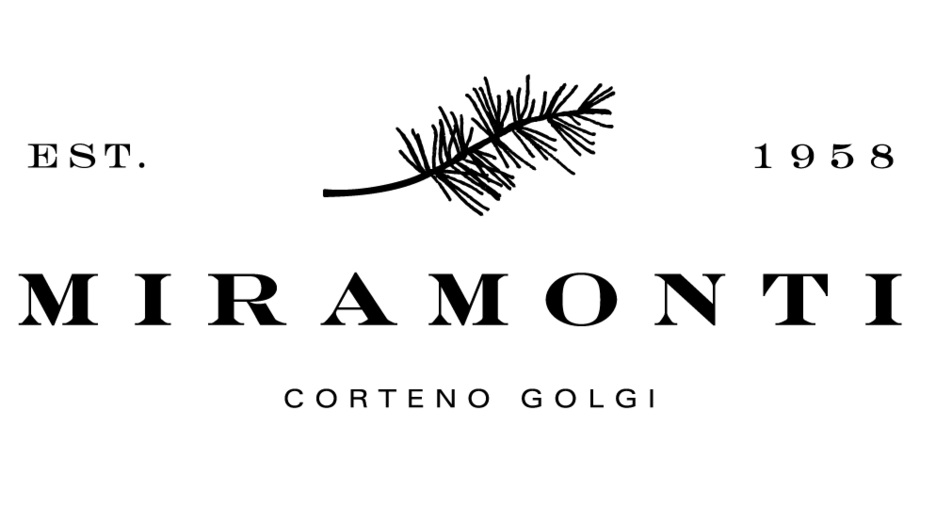A Short Guide: Alpine Trees
The Alps are covered with endless forests of trees that tower over the valleys and mountains - creating the iconic landscape of the Alpine mountain range. In the town of Corteno Golgi, where our Miramonti Boutique Hotel is located, the locals and the guests enjoy the stunning views floating on the horizon. Thanks to the abundant forests in the Alps, many animals call it their home, making the forests incredibly important for their survival. There are two types of trees you can find in the Italian Alps; coniferous and deciduous.
DECIDUOUS TREES
On the lower valleys of the mountains, deciduous trees grow abundant. These are the trees that change into beautiful hues of ochre during Autumn and lose their leaves during the winter. Deciduous trees are also known as ‘broadleaf trees, as they grow broad, flat leaves as opposed to coniferous needles. Deciduous trees that grow in the Alps include; oak, beech, elm, chestnut, mountain ash and birch. Within these forests, many animals and insects thrive, with the bottom of the pyramid being decomposers; mushrooms and worms - then, producers being the trees, and finally the consumers; herbivores and carnivores. This explains why some Alpine animals like the marmots and ibex can comfortably live in these areas.
CHESTNUT
The edible chestnut tree, or “Castanea sativa” are highly abundant in the Alps. Since the Roman times, the Italians have been cultivating chestnut trees. They yield many nuts, producing up to 25kg per year! During the fall season, chestnuts are particularly popular in Italian Cuisine, with autumnal dishes like Castagnaccio being popular desserts. Chestnut trees are also crucial for the growth of porcini mushrooms, as the ‘edulis boletus’ tends to grow beside these trees. Want to find a chestnut tree? The bark has a greyish-purple tone, with leaves that are oblong with pointed tips.
NORWAY MAPLE
A tree native to Northern and Southern Europe, it attracts insects, birds and small mammals through its sweet sap. They are essential for the Alpine biodiversity! It is a medium-sized tree with bristle-tipped leaves.
BEECH
The natural habitat of the beech tree extends over Europe, from Southern Switzerland to Northern Sicily! The beech leaves are rounded and wavy, and look bright green during the peak season of summer. Truffles love to grow beside beech trees; therefore, many foragers try to find these trees for signs of the gourmet delicacy.
Birch
A thin-leaved, hardwood deciduous tree - you will find these trees in the Northern hemisphere with white barks that darken as they mature. It has triangular leaves that turn yellow when fall arrives! They attract numerous birds, insects and allows mushrooms like the ‘chanterelle’ to grow!
CONIFEROUS TREES
While in higher altitudes, coniferous trees prosper. Coniferous trees have needles rather than leaves; these needles do not fall off during the colder seasons. This adaptation helps these types of trees to survive during very cold or dry climates. Coniferous trees can be found up to 8,200 feet in the mountains, which demonstrate their ‘hardiness’ to extreme environments. During the warm months, livestock is taken up to the mountains to graze on ‘alpage’, or ‘mountain pastures’ which help to fertilise the Alpine soil. If you are travelling to the Alps in Autumn, you might be able to catch a ‘Transhumance Festival’ where you can find cows and sheep returning to lower pastures!
LARCH
It is a coniferous tree native to Central Europe. It produces short, light green needles adorned with cones. It is a fast-growing tree, with it being one of the few coniferous trees that actually change colour and lose their leaves during the winter.
FIR
The fir tree is evergreen, symmetrical and coniferous! The unique thing about this species is that their cones grow facing up rather than downwards. The leaves are unique too; they tend to be flat, almost looking like they are squashed! Just like the spruce, they are commonly used for Christmas trees.
SPRUCE
Unlike the larch, spruce trees do not change in colour nor lose their leaves in the colder season. They are popularly known for being used for ‘Christmas trees’, they are very tall and can live up to 1000 years! As with many other coniferous trees, they produce needles that have a sweet aroma.
Pine
With scaly orange-brown barks, Pines grow needle-like leaves that are slightly twisted with greenish-blue hue. These trees produce one of the strongest soft woods, and are locally-sourced to create some of the decor in Hotel Miramonti.
Are you interested in seeing the Italian Alps for yourself? Visit our hotel in the Alps, we have a Hotel Spa for you to relax in, and a Cigar Lounge to try out our unique sets of tobacco and whiskey.
For more interesting trivia about the Alps and Northern Italy, read the blog:









